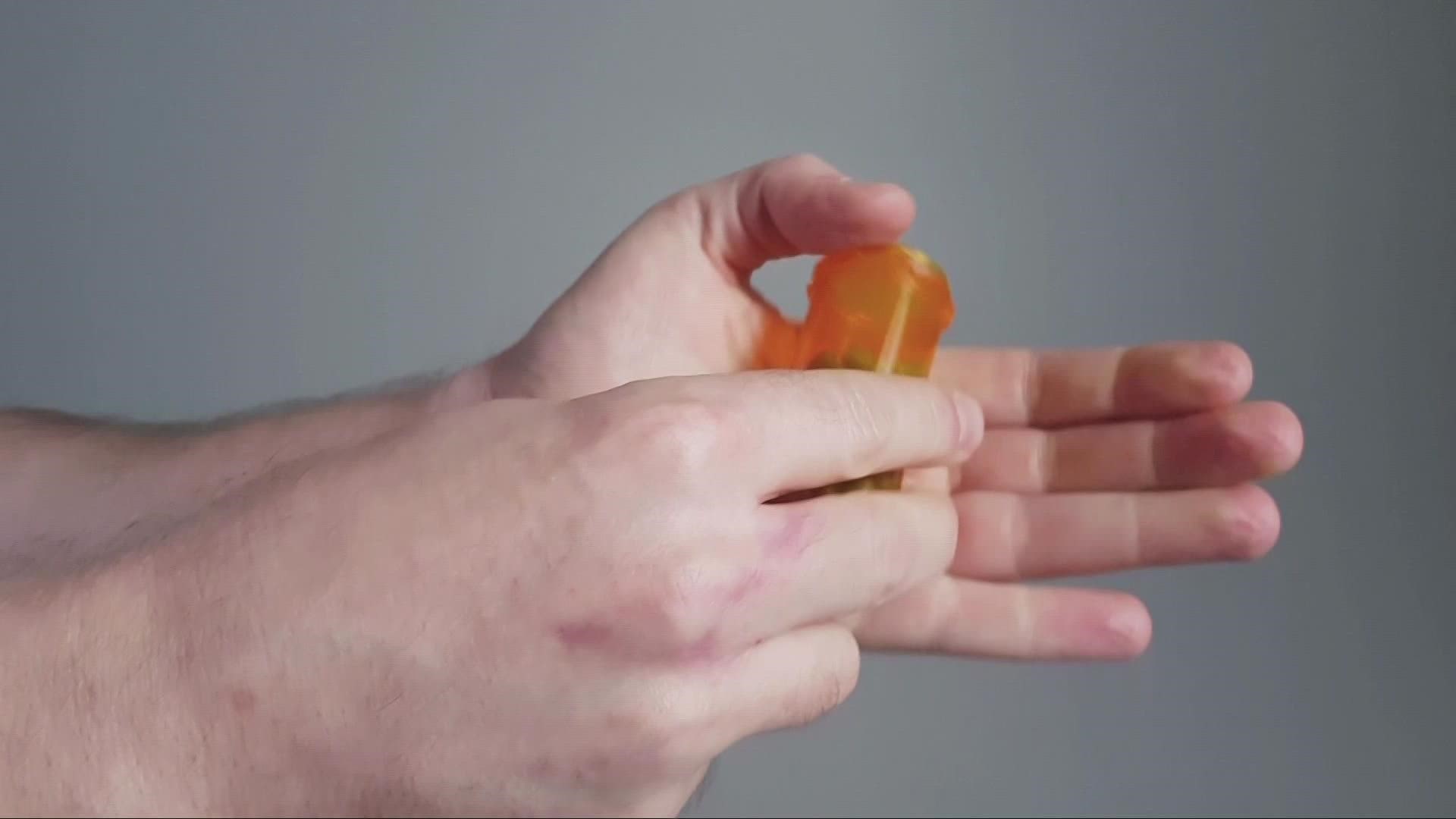COLUMBUS, Ohio — The Ohio State University Comprehensive Cancer Center – Arthur G. James Cancer Hospital and Richard J. Solove Research Institute (OSUCCC – James) and The Ohio State University Wexner Medical Center has implemented a radically different approach to post-surgery pain management that is focused on maximizing non-opioid techniques first, using opioids only as a back-up option.
Anesthesiologist Dr. Michelle Humeidan, who leads the initiative, says the data shows that non-opioid pain-management options can result in less pain, less nausea, shorter hospital stays and reduced costs.
The enhanced recovery pain management initiative was launched in 2015 as a pilot project in patients undergoing breast reconstruction surgery after cancer treatment. The initiative has since expanded into more than 10 additional surgical service lines throughout the OSUCCC – James and the Ohio State Wexner Medical Center.
Humeidan notes that hospital data shows a consistent 50% reduction in opioid pain medication use among hospitalized surgery patients since inception. This 50% reduction remains consistent in surgical recovery at home.
This enhanced recovery approach is focused on building a pain management strategy before, during and after surgery to help patients recover faster.
The first step is gaining a detailed understanding of the patient’s medical history and past need for pain medications, as well as any history of addiction.
This allows the clinical team to customize the pain management plan based on the patient’s individual medical history and risk factors. This team-based approach to pain management starts well before surgery day and continues to provide support through the patient’s recovery.
This includes things like using acetaminophen before surgery and, in the operating room, using regional blocks or neuroaxial blocks – such as an epidural for pain control – and then using other non-opioid pain medicines.
Proactive behavioral techniques, medical massage and relaxation techniques are also used to aid in recovery.
Opioid-based medications, while highly effective, can slow down a patient’s recovery process by delaying the body’s systems from “waking up” post-surgery. Using non-opioid pain- management methods also can reduce patients’ risk of nausea, difficulty breathing and gastrointestinal tract slowness.
Humedian estimates that 12,000 patients have been treated with the enhanced surgical recovery approach to pain management since the initiative’s inception. She hopes other hospital systems will consider adopting this shift in mindset toward pain management as a quality-improvement initiative.

